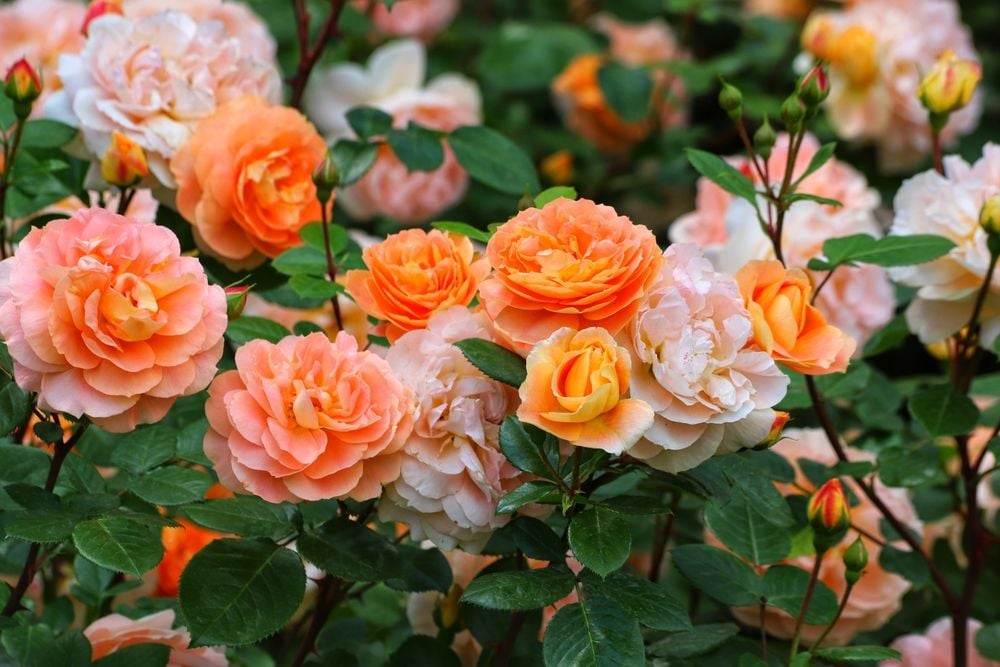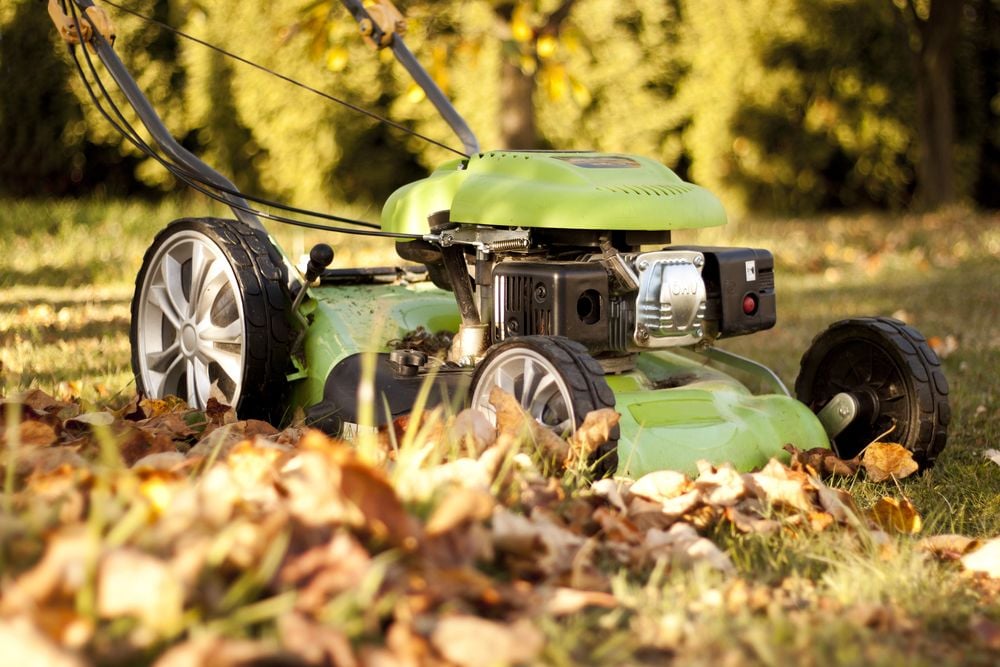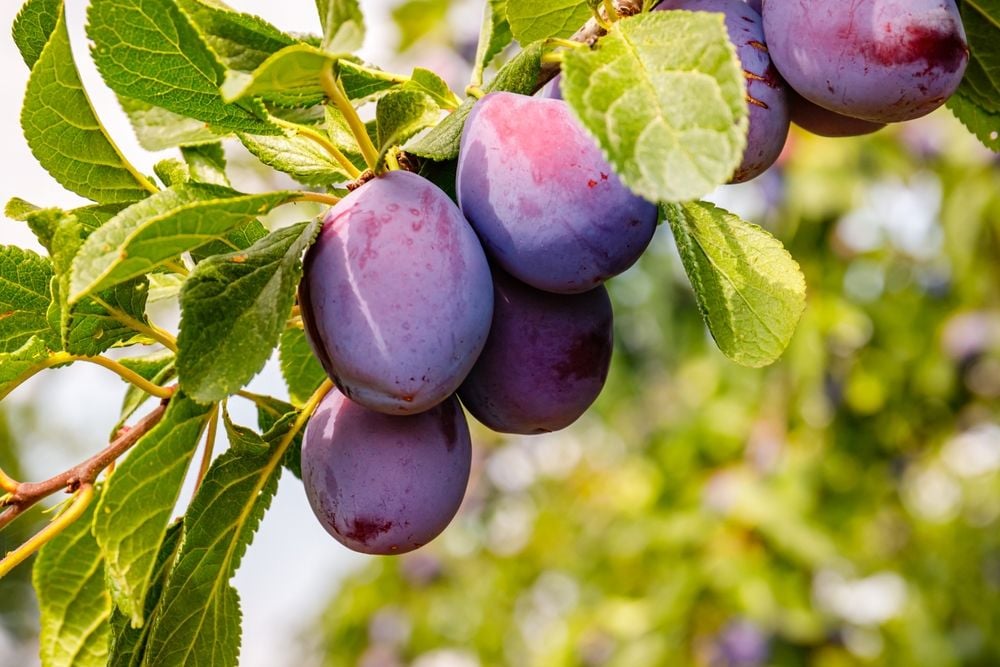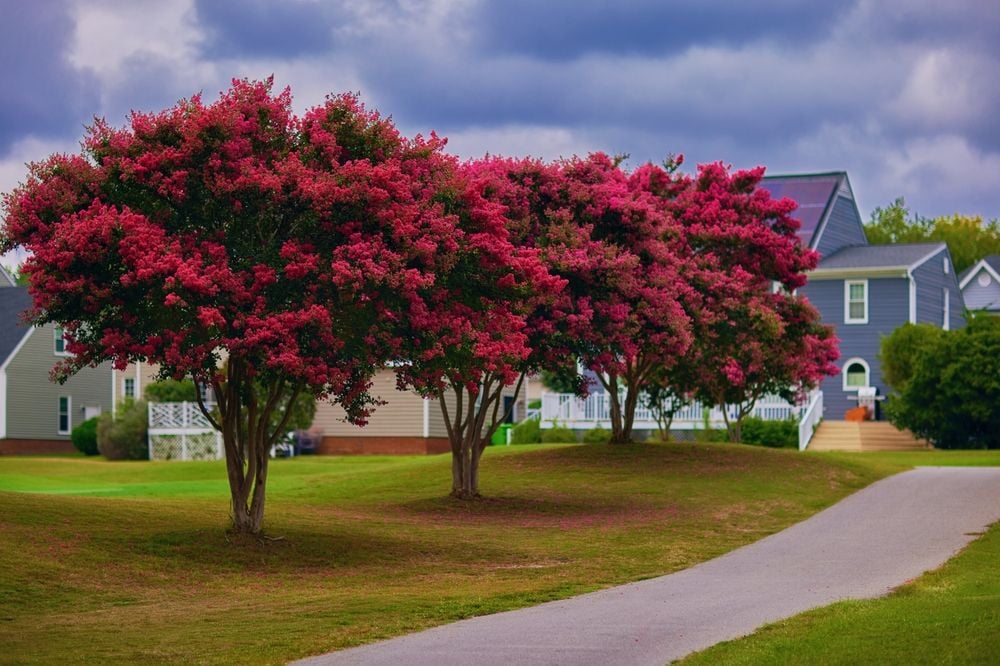
Grow Healthy Roses: Avoid These Plant Neighbors
- Sep 18, 2025
In the gardening world, not all plants are meant to be neighbors. Elizabeth Daniels, floral supervisor at Blackberry Mountain, emphasizes that like people, some plants just don't jive well together. This holds particularly true for roses, that could be negatively impacted by the wrong plant company. Large trees and big shrubs, for instance, can overshadow roses and aggressively compete for water and nutrients.
Ali McEnhill, owner and propagator at The Old Dairy Nursery and Gardens, warns against planting large-rooted plants like lilacs near roses. Such plants can outcompete roses for essential resources and may also invite powdery mildew, a fungal disease detrimental to roses.
Other plants that should be avoided near roses are snapdragons, despite their vibrant colors, because they are incredibly susceptible to fungal diseases like powdery mildew and rust. Additionally, although tempting due to their common garden presence, vegetables and fruits shouldn't be planted near roses. They can bring pests like aphids and spider mites or diseases such as verticillium wilt and fungal infections, as suggested by Kristen Smith, rose evaluation manager for Star Roses and Plants.
A clever choice for planting alongside roses, however, could be larkspur. “Larkspur attract beetles and poison them with their leaves. Plus, they look beautiful in any rose arrangement,” states Daniels.
Roses and hollyhocks may seem like a good mix since they enjoy similar growing conditions, but they are both prone to rust, so it's best to keep them separated, advises McEnhill.
Leopard's bane, while cheery in appearance, locks in moisture, shades the ground, and can quickly overtake an area, hence making the perfect breeding ground for black spot, a fungal disease to which roses are susceptible.
Mint, favored amongst gardeners for its resilience and pest-deterring capabilities, can rapidly spread, overwhelming neighboring roses and causing resources competition. Its strong scent can also deter useful pollinators.
Morning glories, though liven up fences and walls, can harm roses. Their sturdy climbing habit can shade roses and lead to competition for essential resources.
Creeping Jenny, like leopard's bane, can smother roses and compete for resources due to its rapid spreading ability and tendency to form dense mats.
Smith suggests that the best companion plants for roses are those that protect against pests, attract beneficial insects and benefit the foliage, flowers, and soil.
Daniels suggests growing beneficial plants like weed-suppressing creeping thyme, pest-deterring geraniums, and drought-tolerant yarrow, known to repel bugs and enhance the rose scent alongside roses. Be aware of their placement to prevent root competition.
While aphids are best kept away from roses, mustard plants and nasturtium, known as "trap plants," can be planted strategically a few feet away from roses to draw these pests away.






